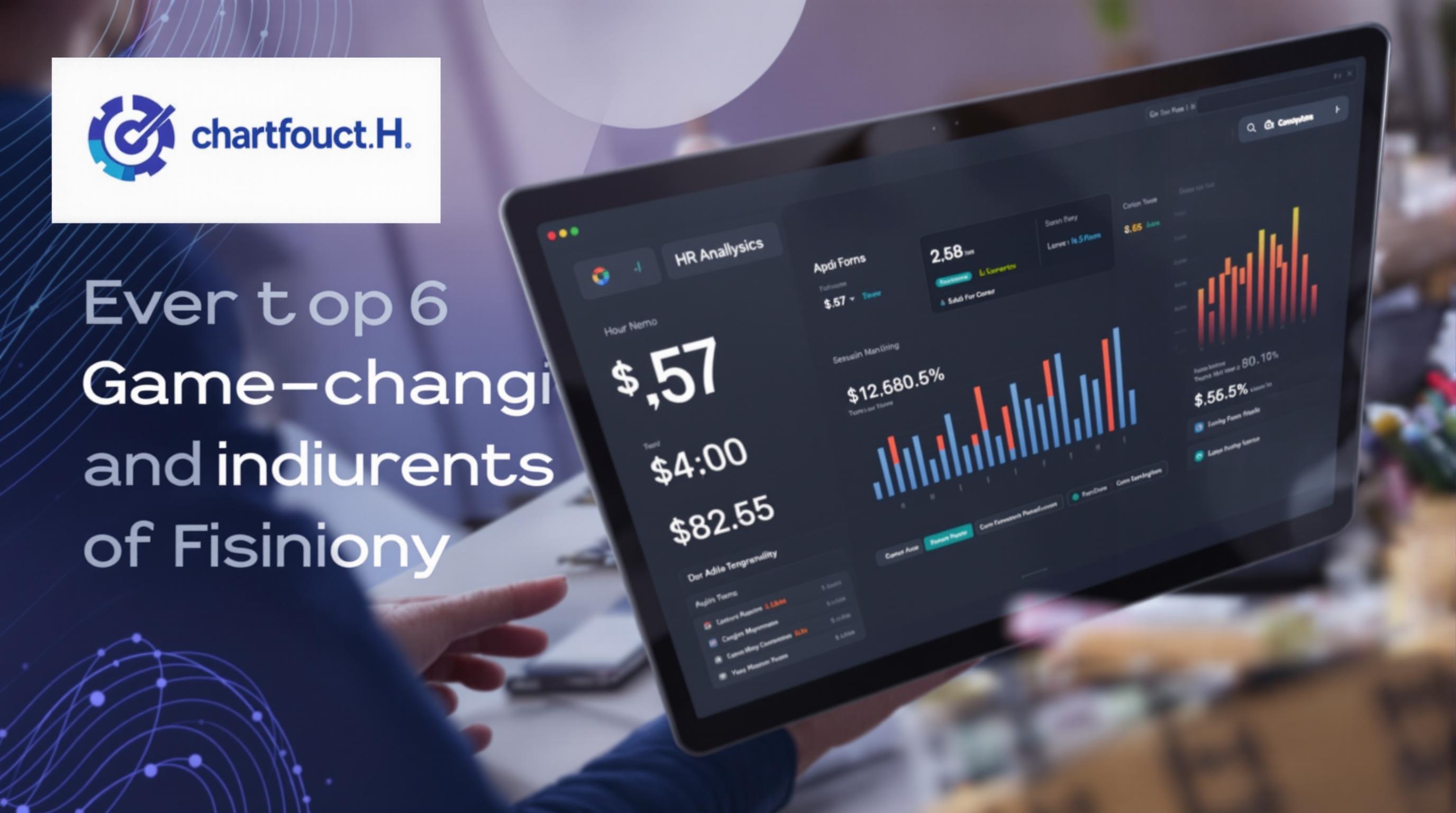Related Articles
- The Role of Cultural Norms and Social Pressure in Shaping Corporate Tax Behaviors Across Borders
- Top 6 Game-Changing HR Analytics Platforms Since 2019 Revolutionizing Employee Rights Enforcement
- The Unexpected Impact of Cultural Appropriation on Copyright Claims and Creative Ownership Debates
- Unveiling the Role of AI in Detecting Counterfeit Trademarks Before Official Approval
- The Quiet Impact of Cultural Nuances on Negotiation Dynamics in Global Business Agreements
- The Hidden Role of Psychometric Profiling in Choosing Co-Founders for Startup Success
Navigating the legal maze of gig workers: Emerging rights and challenges in the modern labor landscape
Navigating the legal maze of gig workers: Emerging rights and challenges in the modern labor landscape
The gig economy reshapes the workforce, offering flexibility while raising significant legal questions about workers’ rights. This article explores the evolving protections and persistent challenges faced by gig workers navigating today’s complex labor landscape.
Gig Work: Freedom or Precarity?
Imagine Mary, a 42-year-old single mother juggling three ridesharing apps to make ends meet. To her, gig work offers indispensable flexibility to care for her kids, but she’s constantly worried about what happens if she gets injured on the job or suddenly loses access to her platform.
This paradox—liberation versus insecurity—is at the heart of gig labor debates. While platforms spotlit as the future of work, legal frameworks struggle to keep pace. Unlike traditional employees who enjoy protections like minimum wage, unemployment insurance, and workers' compensation, gig workers remain in a legal gray zone.
Emerging Legal Rights: The Tide is Turning
In recent years, several jurisdictions have begun recognizing the need to extend labor rights to gig workers. Take California’s Assembly Bill 5 (AB5), implemented in 2020, which aimed to classify many gig workers as employees rather than independent contractors.
Although its implementation sparked controversy and pushback from companies like Uber and Lyft, it stands as a landmark effort to provide benefits and protections such as health insurance and collective bargaining rights to gig workers.
In the United Kingdom, the Supreme Court ruled in 2021 that Uber drivers should be classified as workers, entitling them to minimum wage and paid holidays (Uber BV v Aslam, 2021). Such rulings demonstrate a legal acknowledgment of the precarious nature of gig work and the need for fair treatment.
Statistical Snapshot: Gig Work by the Numbers
As of 2023, approximately 36% of U.S. workers had engaged in some form of gig work in the previous year (Gallup, 2023). This diverse group ranges in age, background, and reasons for choosing gig platforms— from supplementing income to full-time employment.
However, a Pew Research Center survey found that 62% of gig workers express dissatisfaction with the lack of benefits and protections, underscoring growing calls for regulatory change (Pew, 2022).
The Legal Maze: Classification Conundrums
One of the thorniest legal challenges involves how gig workers are classified—independent contractors or employees. This distinction dictates access to protections and benefits.
Most ride-share drivers and delivery couriers are categorized as contractors, allowing companies to sidestep laws related to minimum wage, overtime, and unemployment insurance.
Courts and legislatures grapple with difficult questions: Should gig workers enjoy employee protections or retain contractor independence? The answer is often not binary, but rather a spectrum that challenges traditional labor law notions.
Case Study: The Dynamex Decision
In 2018, the California Supreme Court's Dynamex Operations West, Inc. v. Superior Court decision established a more stringent test (the ABC test) to determine worker classification. This test places the burden on employers to prove workers are independent contractors by satisfying three criteria, elevating gig workers’ chances to gain employee status.
The case sent ripples across industries relying heavily on freelance or gig labor.
Challenges Beyond Classification: Benefits and Protections
Even if classified as employees, gig workers face unique challenges such as unpredictable schedules, lack of paid sick leave, and the absence of a clear grievance process. For many, the elusive promise of flexibility masks an underlying instability.
Take Juan, a 27-year-old food delivery driver, who recounts having to work seven days straight during a surge in demand, unable to afford missing a single shift because he had no paid sick leave.
A Generational Perspective
At 66, I’ve witnessed how labor landscapes evolve—from manufacturing jobs with union protections to this new era of gig work where coverage is sporadic at best.
Younger generations, including reading this now, face an uncertain job market where “job security” is often replaced by adaptability and portfolio careers.
This generational shift highlights a pressing need for innovative legal approaches that balance flexibility with fair working conditions.
Innovative Approaches and Policy Proposals
Policymakers are experimenting with new frameworks. One promising idea is the “third worker status," which would create a hybrid category between employees and contractors, granting partial benefits while preserving independence.
Other proposals include portable benefits systems, where workers accrue benefits like health insurance or retirement savings regardless of employer, tailored for mobile gig labor. Some cities, like Seattle, have pioneered minimum pay standards for gig workers, pushing companies towards better compensation models.
Technology’s Double-Edged Sword
Technological platforms empower gig workers by providing access to a global marketplace but also enforce algorithmic management that often lacks transparency. Algorithms dictate which gigs workers receive, performance ratings, and even deactivations without appeal—creating new forms of control that traditional labor laws don’t address.
For instance, a study by Oxford Internet Institute (2020) found that 57% of gig workers felt pressured by platform algorithms, indicating a need for legal oversight of algorithmic fairness and accountability.
When Freedom Feels Like Shackles
Let's be honest: gig work isn't always the dream of freedom it’s touted to be. Sarah, a 34-year-old graphic designer, reported feeling trapped in “gig limbo,” where rejecting a gig could lead to fewer future opportunities, effectively penalizing her for asserting boundaries.
The illusion of choice contrasts sharply with the economic realities many face, exposing a form of “digital labor exploitation” that demands attention.
Global Perspectives: A Comparative Glance
The gig phenomenon is global, but laws vary widely. Germany’s Gewerkschaft ver.di union advocates for stronger gig worker protections using collective bargaining agreements, while India faces challenges amidst a largely informal sector with minimal regulation.
This global mosaic shows that while challenges are similar, regulatory responses depend on economic context, political will, and societal norms.
What Does the Future Hold?
The legal landscape for gig workers remains fluid and complex. As the nature of work continues to change, so too must the laws that protect those who sustain the digital economy.
Balancing innovation with justice requires ongoing dialogue between workers, companies, policymakers, and society. Only then can the gig economy evolve into a system that not only offers flexibility but also safeguards dignity and security.
Final Thoughts
Whether you’re a teen considering your first gig job or a retiree looking to supplement income, understanding the emerging rights and inherent challenges of gig work is essential.
Legal clarity and worker empowerment are paramount as we collectively navigate this brave new world of work.




